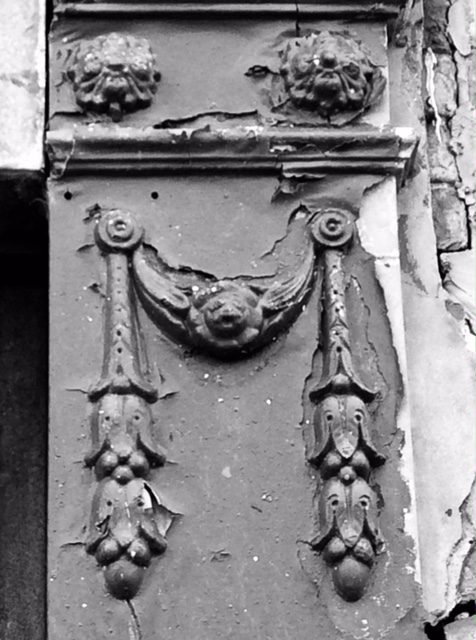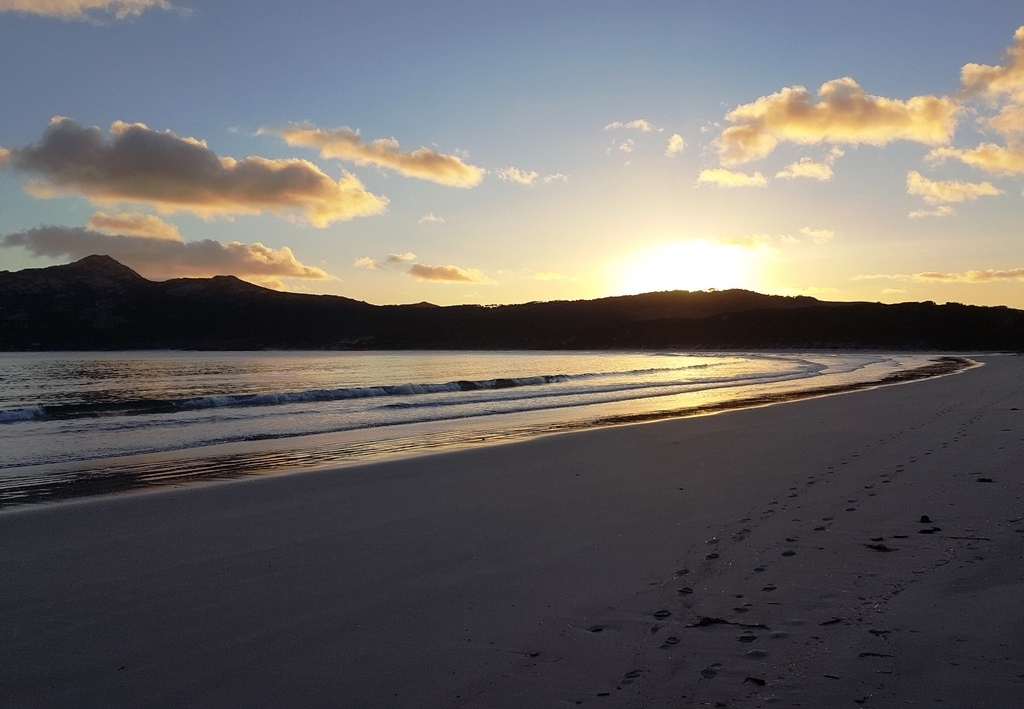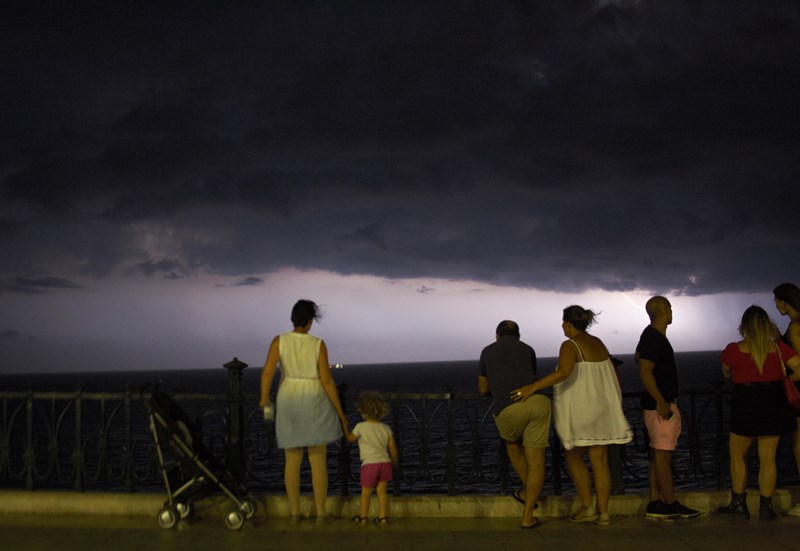And we're back... with a call for submissions!
/Did you miss us? It has taken a little longer than we would have liked but the good ship Elsewhere is sailing once more. Starting this week, we will be bringing more writing, visual arts, music, events, interviews and other place-related literature and art to the Elsewhere: A Journal of Place website as well as a revamped newsletter detailing everything we are up to that we plan to send out twice a month. You can sign up for the newsletter here. To get us started though, the big news is that we have finalised our plans for the next print issue of the journal, and we want your submissions.
ELSEWHERE NO.06: TO THE MOUNTAINS!
The sixth issue of our print journal will be published in Autumn 2019 in a limited edition print run and we have opened a submissions window that will run until the 30 June.
We are doing something different with this sixth edition of our print journal and invite submissions of prose, poetry, illustration, photography or other visual arts that are related to our theme of place and that have the name of an individual mountain as the title.
GUIDELINES FOR PRINT SUBMISSIONS
Beyond the limitations set by the title, for prose (fiction or nonfiction) there is an upper word limit of 5000 words and we would like to read completed pieces. For visual arts we are happy to consider a proposal but it would be great to see some examples of your work. Please send all submissions for Elsewhere No.06 to paul@elsewhere-journal.com.
Please note that, unfortunately, we do not pay contributors to Elsewhere. We have long had this as our aim, but the project as it is right now cannot sustain it. As a literary journal with a small print-run and sales, with no advertising or any external support, we have very little room for manoeuvre. In the four years since we have launched, neither Paul, Julia or any of the team have been paid for their work on the journal.
Remember: The deadline for all submissions is 30 June 2019
WRITING FOR THE BLOG
We are always open to submissions for the blog where there is no theme other than place. We are especially interested in work that would benefit from being published online, such as film and music, and when it comes to prose we rarely accept work for online publication that is more than 1000 words. To submit your writing, photography, artwork, music, illustration or film on the subject of place for the blog the address is paul@elsewhere-journal.com.
EVENTS & EXHIBITIONS
We would also like to use the blog to showcase any place-related events, readings and exhibitions, anywhere in the world. If you have something that you think would be of interest to our readers, please let us know.
PRE-ORDERS FOR ELSEWHERE NO.06
The financial situation at a literary journal such as ours is always precarious, and so we will be hoping to sell as many copies of Elsewhere No.06 in advance as possible. Unlike with previous issues, No.06 will be only available through our website. We will be making the issue available for pre-order in the summer so please sign up for our newsletter to keep track of where we are up to. In the meantime, if you would like to support the journal, please consider buying one of our back issues or a double set via our online shop.
We are really pleased to be moving with Elsewhere once more, and we can’t wait to see what we get, both for the print issue and also for here on the blog. Thanks to everything who has supported the project up to now, and for your patience since Christmas.
Paul & Julia



























